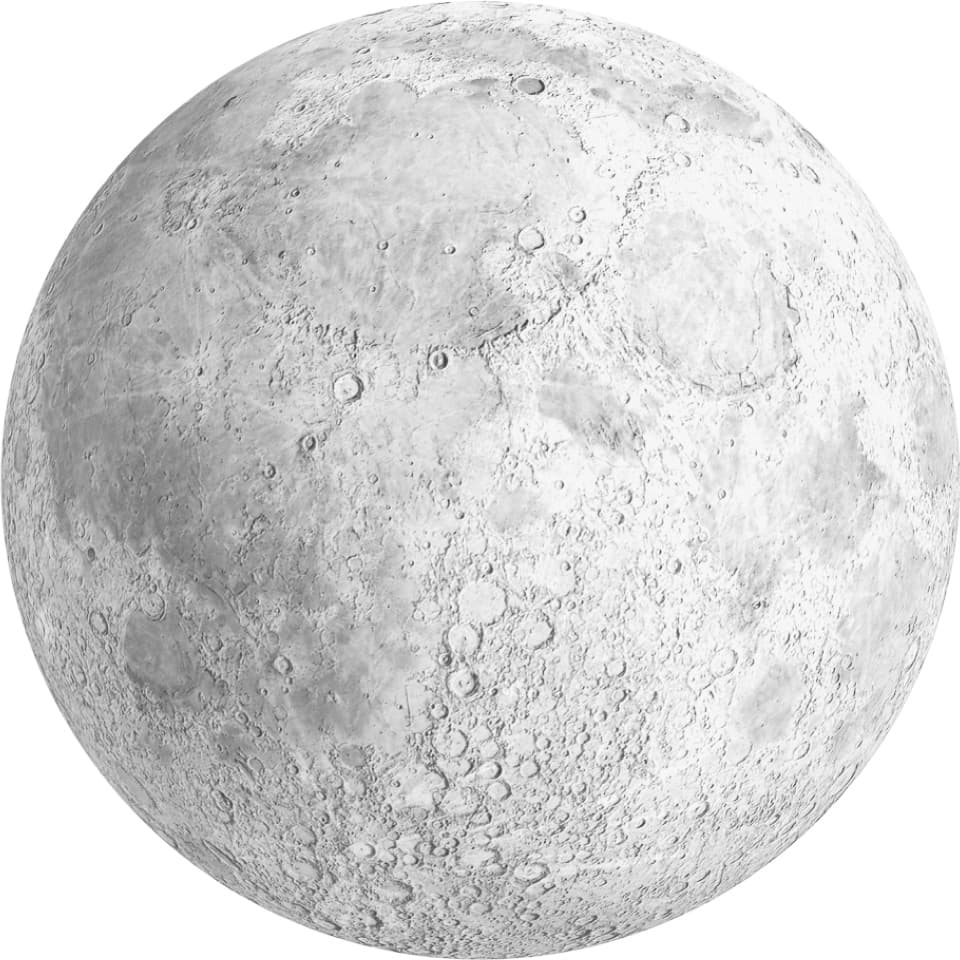Built for the
Moon and
beyond
A deep space infrastructure company
Crescent provides critical services for lunar missions and beyond.
01
Lunar communications and navigation services
Communication and navigation are fundamental to lunar science, exploration and development. Crescent makes this common infrastructure available as-a-service for all missions.
02
A legacy of innovation and excellence in space
Crescent leverages Lockheed Martin’s technical heritage and experience to ensure mission success, while also serving our customers with agility and operating an efficient and reliable network.
03
Easier access to the Moon for all customers
Crescent lowers the barrier of entry for customers looking to explore, develop and do business on and around the Moon, opening up new opportunities for commercial growth in space.
Introducing
Parsec®
Parsec®
Communicating from and navigating on the Moon is challenging. Beyond Earth orbit, lunar missions must overcome vast distances and harsh conditions. The Parsec network in lunar orbit makes it easy to stay connected and find your way through the challenging lunar environment.


We're space-tested entrepreneurs and technologists.
Crescent is committed to delivering reliable infrastructure services in deep space.
Company News
Crescent’s Modular User Surface Terminals (MUST) will offer real-time ground communications and navigation solutions on the Moon
The U.S. government’s Defense Advanced Research Projects Agency (DARPA) has awarded Crescent Space, and its supporting team, a seven-month contract as part of its 10-Year Lunar Architecture Study aimed at maturing key technologies for the future lunar economy. As part of this effort, Crescent will explore how its Multi-Service Modular User Surface Terminals (MUST) help lunar missions communicate and navigate on and around the Moon.
The U.S. government’s Defense Advanced Research Projects Agency (DARPA) has awarded Crescent Space, and its supporting team, a seven-month contract as part of its 10-Year Lunar Architecture Study aimed at maturing key technologies for the future lunar economy. As part of this effort, Crescent will explore how its Multi-Service Modular User Surface Terminals (MUST) help lunar missions communicate and navigate on and around the Moon.
Today, Crescent Space Services LLC announced its entry into the lunar infrastructure sector. Crescent Space is a new commercial company launched by Lockheed Martin that provides infrastructure-as-a-service for lunar missions.
Company Commercializes Horizon™ and Compass™ Command and Control and Mission Planning Software Designed to Support Constellations of Any Size
To help future developers of commercial satellite constellations plan missions and operate their systems, Lockheed Martin (NYSE: LMT) is now offering commercial licenses to its proven Horizon Command & Control (C2) and Compass Mission Planning software.
To help future developers of commercial satellite constellations plan missions and operate their systems, Lockheed Martin (NYSE: LMT) is now offering commercial licenses to its proven Horizon Command & Control (C2) and Compass Mission Planning software.
Lockheed Martin announces official name for new line of deep space SmallSats
The commercial small spacecraft industry is revolutionizing and enabling our approach to developing a diverse portfolio of agile SmallSat missions. Lockheed Martin is taking advantage of these maturing technologies to enable smaller, lower cost spacecraft mission designs for planetary, astronomy, heliophysics and earth science missions, as well as lunar communication and navigation and low-cost demonstrations.
Lockheed Martin developed a novel and scalable deep space SmallSat spacecraft architecture to get the job done. Debuting on NASA’s Janus and Lunar Trailblazer missions in the not-so-distant future, the SmallSat platform now has an official name: Curio.
The commercial small spacecraft industry is revolutionizing and enabling our approach to developing a diverse portfolio of agile SmallSat missions. Lockheed Martin is taking advantage of these maturing technologies to enable smaller, lower cost spacecraft mission designs for planetary, astronomy, heliophysics and earth science missions, as well as lunar communication and navigation and low-cost demonstrations.
Lockheed Martin developed a novel and scalable deep space SmallSat spacecraft architecture to get the job done. Debuting on NASA’s Janus and Lunar Trailblazer missions in the not-so-distant future, the SmallSat platform now has an official name: Curio.
Tech that enables new missions and capability with a software push will be ready for launch this year
Lockheed Martin (NYSE: LMT) announced a new generation of space technology launching this year that will allow satellites to change their missions in orbit. Satellites that launched one, ten or even fifteen years ago largely have the same capability they had when they lifted off. That's changing with new architecture that will let users add capability and assign new missions with a software push, just like adding an app on a smartphone. This new tech, called SmartSat, is a software-defined satellite architecture that will boost capability for payloads on several pioneering nanosats ready for launch this year.
Lockheed Martin (NYSE: LMT) announced a new generation of space technology launching this year that will allow satellites to change their missions in orbit. Satellites that launched one, ten or even fifteen years ago largely have the same capability they had when they lifted off. That's changing with new architecture that will let users add capability and assign new missions with a software push, just like adding an app on a smartphone. This new tech, called SmartSat, is a software-defined satellite architecture that will boost capability for payloads on several pioneering nanosats ready for launch this year.